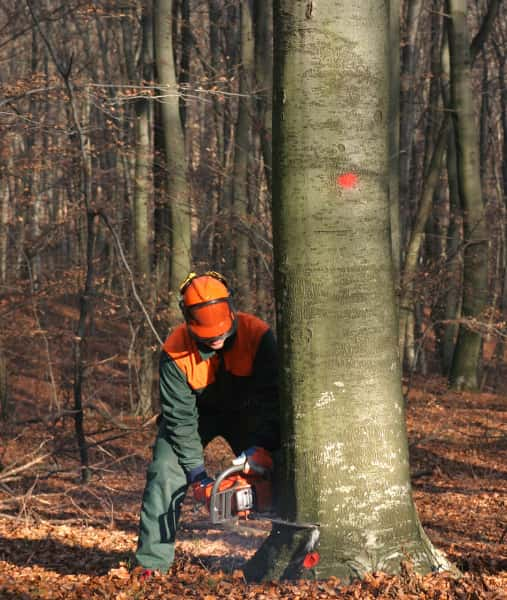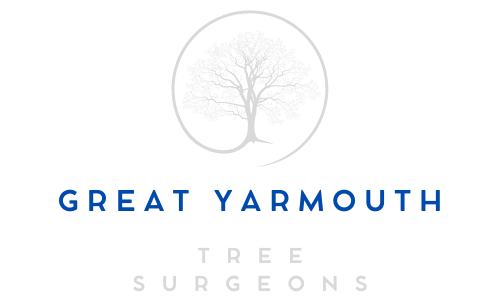Tree Surgery for Orchid Conservation: Nurturing Epiphytic Trees
Introduction: Orchids, with their exquisite blooms and unparalleled diversity, have long been the darlings of the plant kingdom. Many orchid species, including epiphytic orchids, thrive in unique epiphytic habitats. These habitats often rely on specific tree species for support and sustenance. In this blog post, brought to you by Great Yarmouth Tree Surgeons, we’ll explore the fascinating world of epiphytic orchids and how tree surgery can play a vital role in their conservation.
Understanding Epiphytic Orchids
Epiphytic orchids are a group of orchids that have evolved to grow on other plants, typically trees. They are not parasites; they use their host trees for support while obtaining nutrients and moisture from the surrounding air, rain, and debris that accumulate around their roots. Epiphytic orchids are often found in tropical and subtropical regions but can also thrive in temperate climates.
Tree Species and Orchid Habitats
Certain tree species are particularly important for epiphytic orchids, as they provide the necessary structure and microclimate for orchid growth. These trees, known as host trees, create an environment where epiphytic orchids can flourish. Some common host trees for epiphytic orchids include oak, birch, pine, and apple trees.
The Role of Tree Surgery in Orchid Conservation
- Pruning and Maintenance
Tree surgeons can play a crucial role in orchid conservation by carefully pruning and maintaining host trees. Trimming branches and foliage allow more light to reach the orchids, promoting healthy growth. Additionally, pruning can create microclimates that mimic the conditions orchids require, such as increased humidity and air circulation.
- Disease and Pest Management
Maintaining the health of host trees is essential for the well-being of epiphytic orchids. Tree surgeons can identify and address tree diseases and pest infestations promptly. By preventing or treating these issues, they ensure that host trees continue to provide a suitable environment for orchids.
- Enhancing Microclimates
Creating and enhancing microclimates in orchid habitats is a valuable technique. Tree surgeons can strategically remove or shape branches to improve light penetration and air circulation. These changes can foster the growth of epiphytic orchids while maintaining the overall health of the host trees.
- Support Structures
Sometimes, tree surgeons may construct support structures on host trees to accommodate epiphytic orchids. These structures provide secure attachment points for orchids and help protect the orchids and the host trees from damage during growth and flowering.
Conclusion: Epiphytic orchids are a testament to the remarkable adaptability of plant life and the intricate relationships within ecosystems. By recognising the importance of host trees and understanding how tree surgery can contribute to orchid conservation, we can take proactive steps to protect these delicate and beautiful species.
Call us on: 01493 807 192
Click here to find out more about Great Yarmouth Tree Surgeons
Click here to complete our contact form and see how we can help with your tree’s needs.

